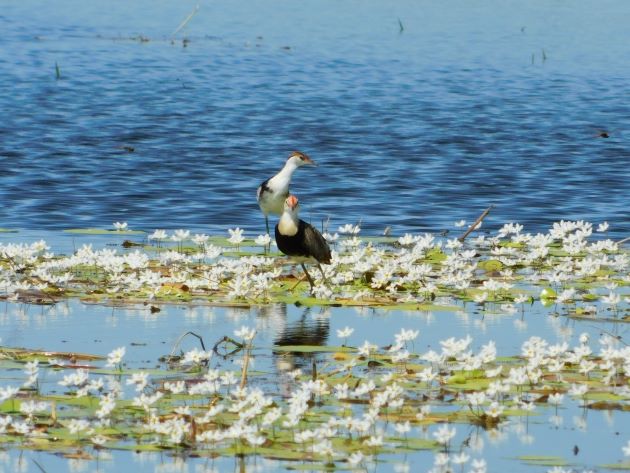
Earlier this year when we first observed Comb-crested Jacanas close to Broome they had just arrived from further north in Australia. Often we have had to travel further north to observe Comb-crested Jacanas, but when we have high rainfall during our wet summer months we can expect to observe them. Although we did not observe any nests in the Broome area we have now observed younger Comb-crested Jacanas and they have clearly bred locally. We have observed nests in the past further north. The male Comb-crested Jacana builds the nest, incubates the eggs and cares for the young. He can also pick up the chicks under his wings and move them to safety. The range of the Comb-crested Jacana varies year by year depending on drought or flood.
With the high concentration of native flowers on our ephemeral lagoons and lakes near Broome at the moment it can almost be tricky to find the Comb-crested Jacanas. As is often the case, by sitting and watching you soon discover there are more birds about than you may have initially thought. The Comb-crested Jacanas almost blend into their environment and then become more apparent as they move across the vegetation. Comb-crested Jacanas don’t always successfully balance on the plant matter despite their extremely large feet.
Here are a selection of the many photos that I took of the Comb-crested Jacanas feeding on the vegetation. The adult Comb-crested Jacanas have the brighter red comb and the younger birds are still yet to attain their full colour. You can see there were several occasions where they literally “sank” and then managed to right themselves.
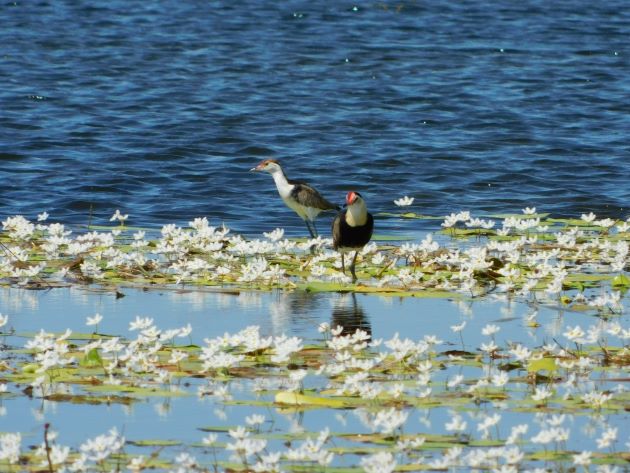
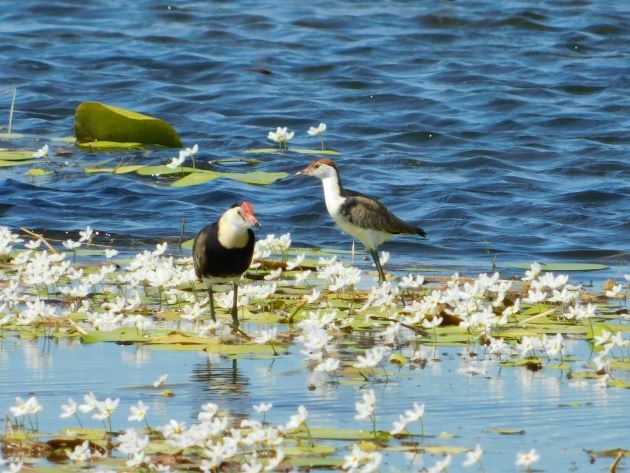
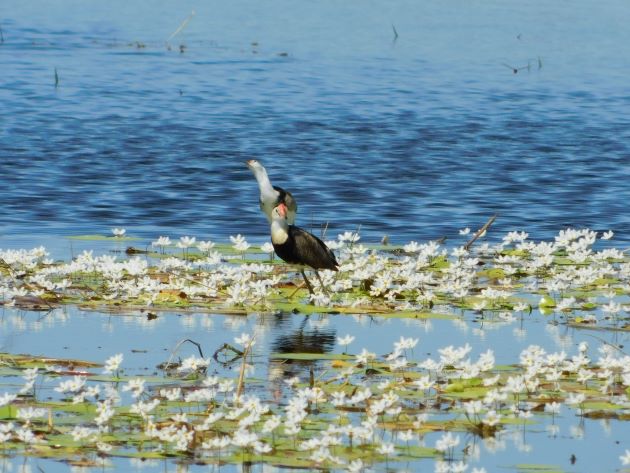
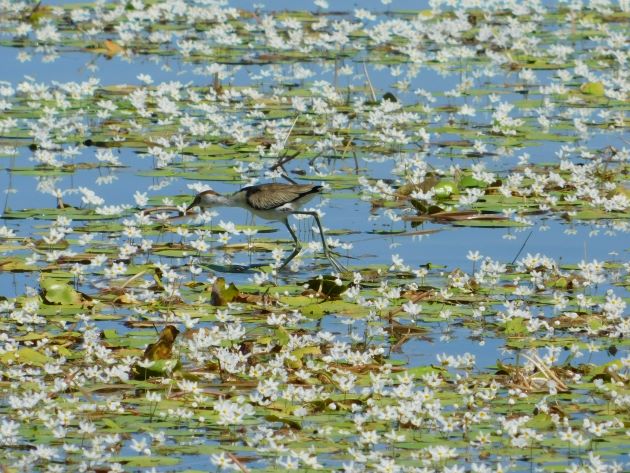
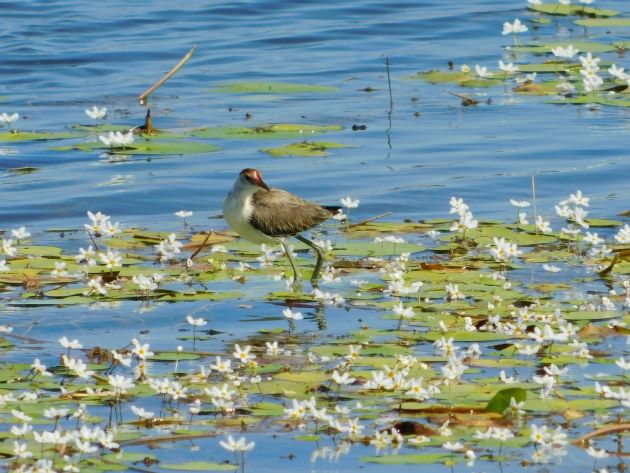
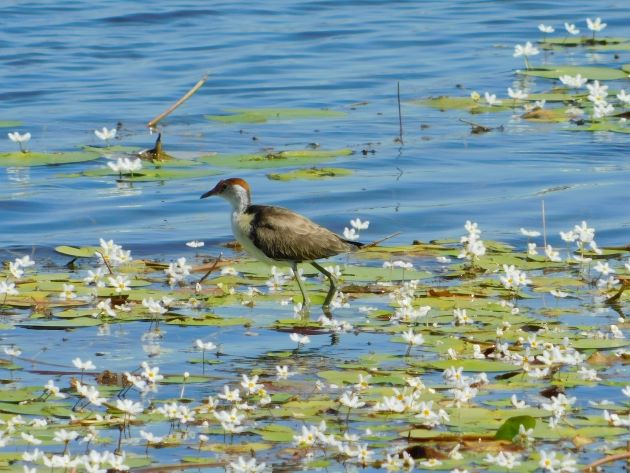
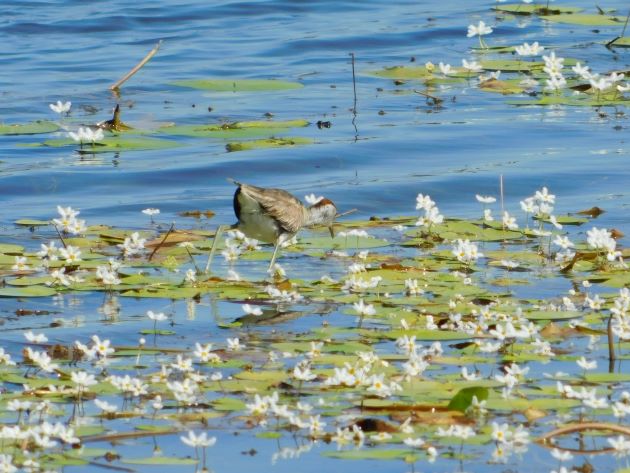
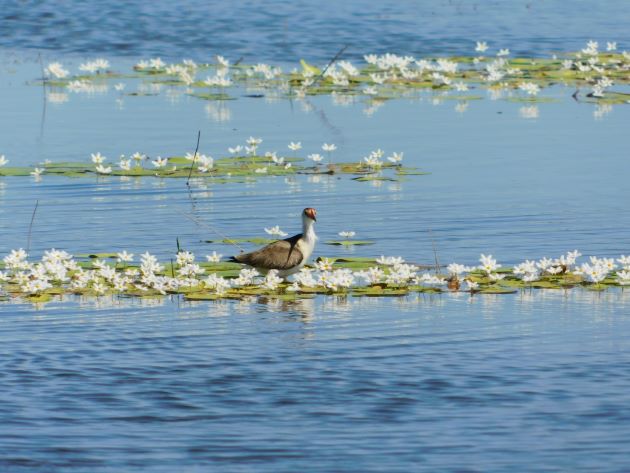
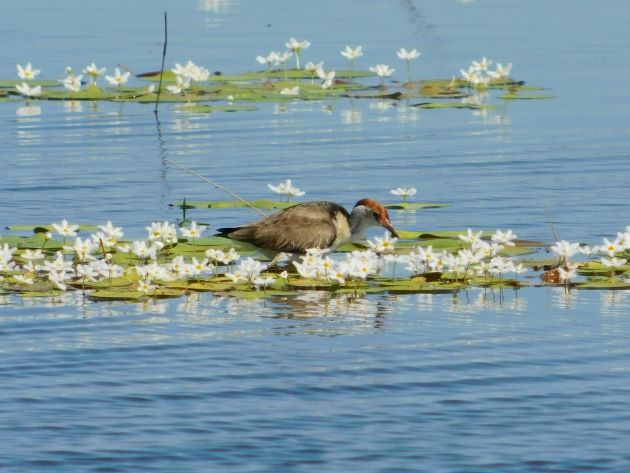
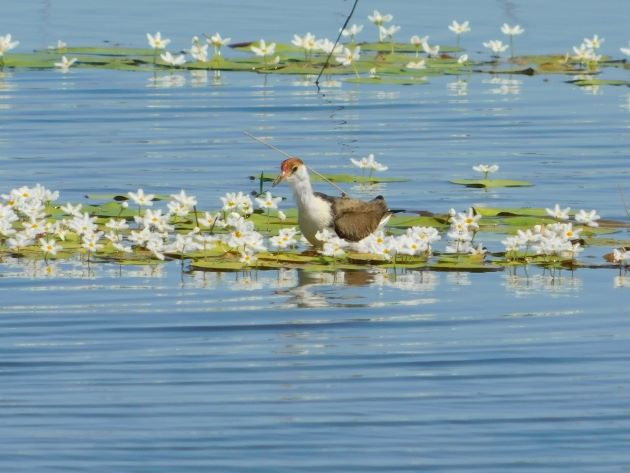
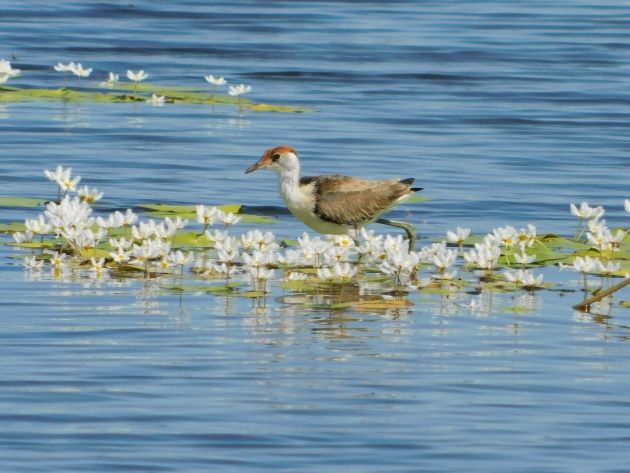
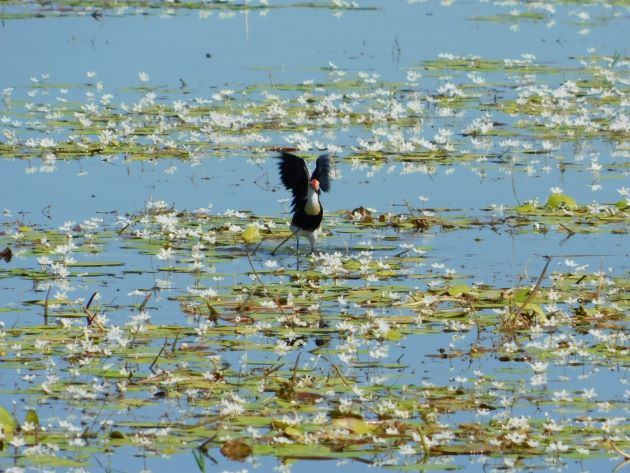
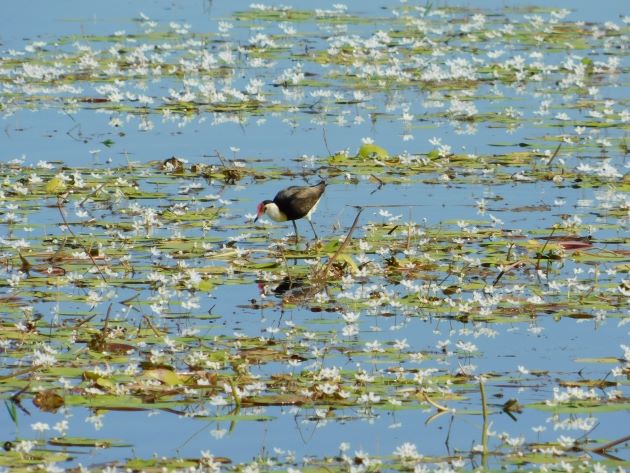
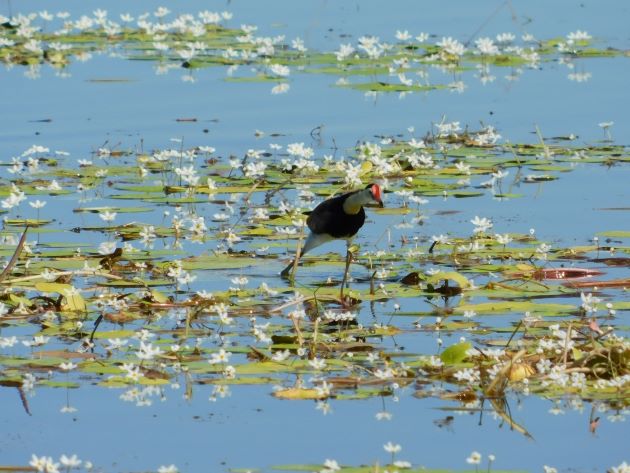
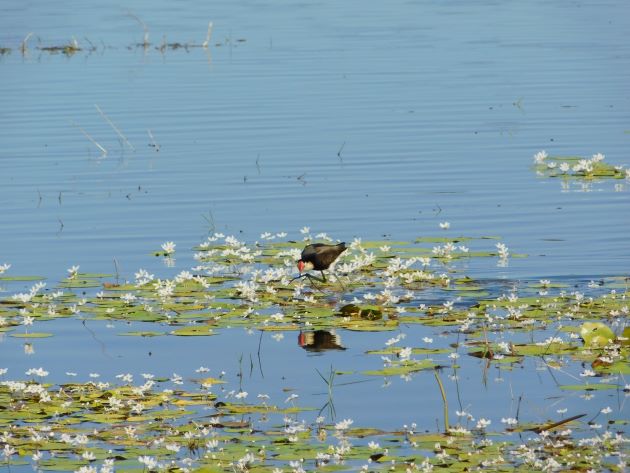
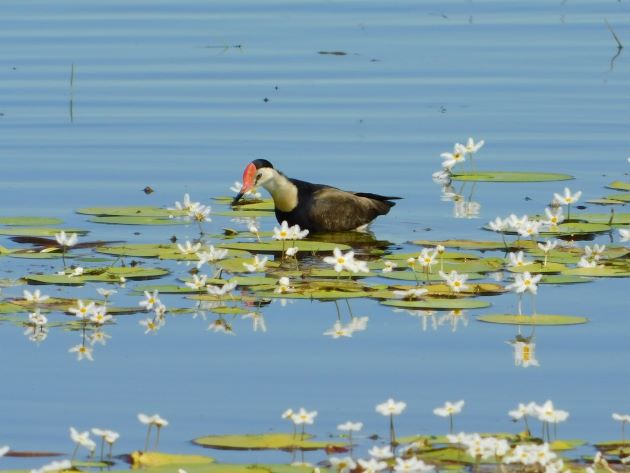
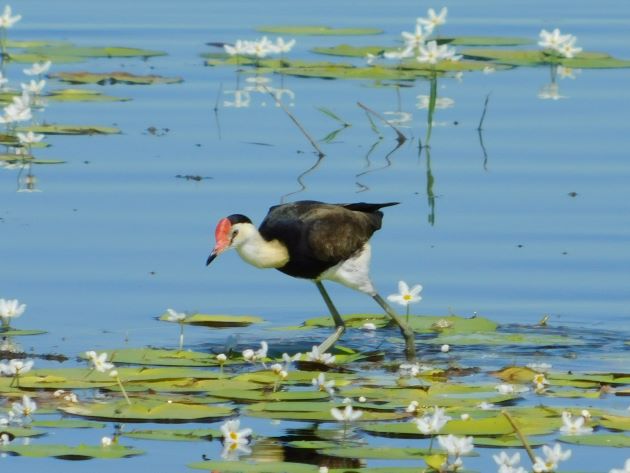
Comb-crested Jacanas
It will be interesting to observe the Comb-crested Jacanas over coming weeks and months to see if they remain in the area this year. We are not expecting any more rain for many months, but with the remaining water they may stay if there is enough food for them in the area.


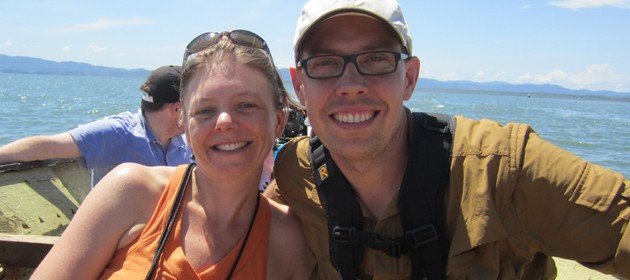
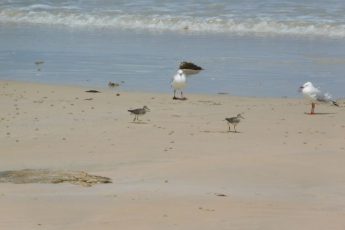

 New writers welcome – please contact us for details.
New writers welcome – please contact us for details.

















Leave a Comment